Biomimicry in Action
When science imitates life.
Innovators often crib from nature’s book—an approach called biomimicry. The thinking is, if evolution has already worked out most of the kinks, why not lift a few ideas? Take Velcro, for instance. As you might already know, the idea came from observing the way cockleburrs stick to clothing and fur (more on that in a bit). Here are a few more of our favorite examples of biomimicry. And be sure to check out SciFri’s segment on the subject.
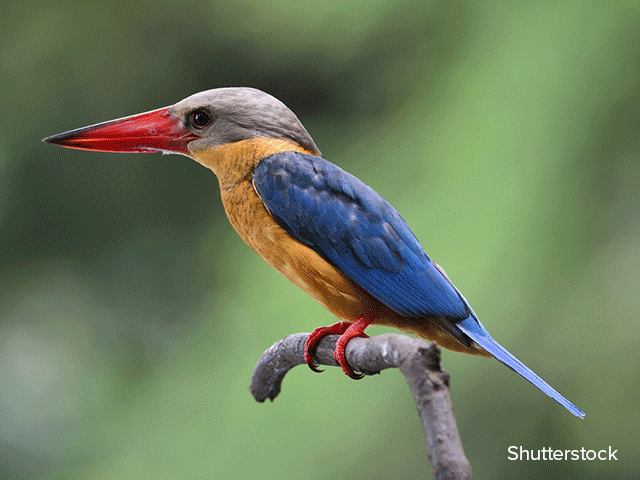
When Japan first introduced the bullet train in the late ’90s, its speed was so great (around 186 mph) that it produced a loud boom when the train exited a tunnel. To fix the problem, a birdwatcher on the team applied a concept he noticed when observing a kingfisher diving into water after prey. The bird’s streamlined beak acts as a wedge that plies the surface for a low-splash entry. The team adapted the beak design to the train, which made it more aerodynamic, quieter, and reduced its energy consumption by 10-15 percent.
Source: http://earthsky.org/earth/sunni-robertson-on-how-a-kingfisher-inspired-a-bullet-train
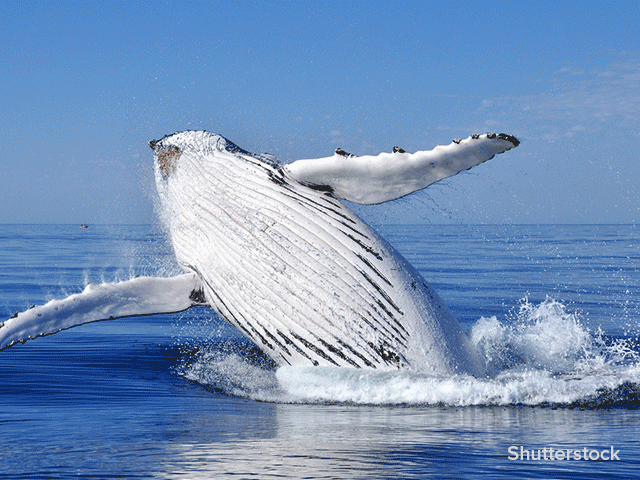
Humpback whale fins are not completely smooth. The leading edge of the fin is lined with small bumps, called tubercles. Scientists discovered that these structures help reduce drag when moving through water—or air. A research team at West Chester University wanted to find out what would happen if they applied this idea to something like an airplane wing or the blade of a wind turbine. They tested a manmade tubercle-encrusted flipper and found that drag was reduced by 42 percent compared to a smooth-edged version. Applied to a turbine, these blades could potentially produce more power than smooth-edged ones, and could be suitable in areas where wind gusts are typically slower.
Source: http://www.wired.com/2015/11/whales-wind-turbines/
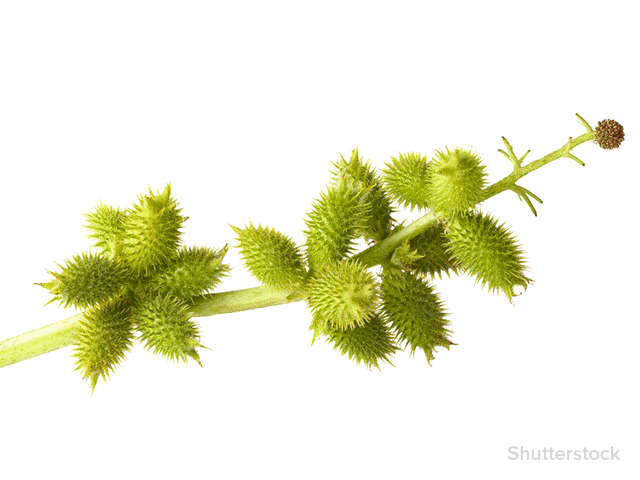
Velcro is one of the most famous examples of biomimicry. Here’s the origin story, in a nutshell: After taking a walk with his dog, a Swiss engineer named George de Mestral noticed a number of burrs clinging to his pants and his dog’s fur. Under careful examination, he found that the burrs consisted of thousands of tiny hooks that conveniently latched on to the tiny loops in the fabric of his pants. De Mestral went on to create what we now know as Velcro, and his product has been used in a wide variety of applications, from shoe straps to the Apollo missions.
Source: http://www.livescience.com/34572-velcro.html
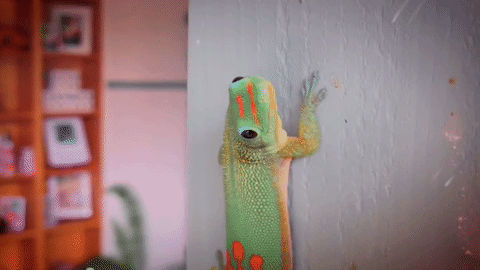
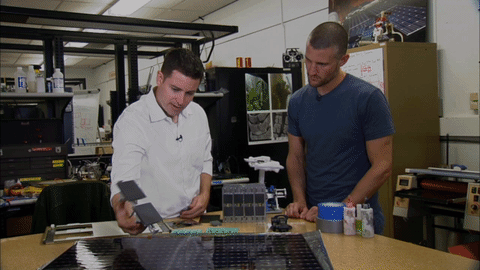
Geckos are known for their ability to climb extremely smooth surfaces, thanks to millions of tiny hairs on their feet. When a gecko foot makes contact with a wall, molecules in those hairs are weakly attracted to molecules on the surface of the wall through a phenomenon called a Van der Waals force. The result is temporary adhesion. When the gecko wants to remove its foot, it curls its toes upwards, breaking the attraction. NASA designed a device that, like the gecko, has millions of tiny synthetic hairs. When a force is applied, it can bind to any object with a flat surface (demonstrated in the GIF above). NASA’s device can manipulate a 100 kilogram object, and, unlike Velcro, doesn’t have loose fibers that create debris, so its strength doesn’t deteriorate over time.
Source: http://www.jpl.nasa.gov/video/details.php?id=1394
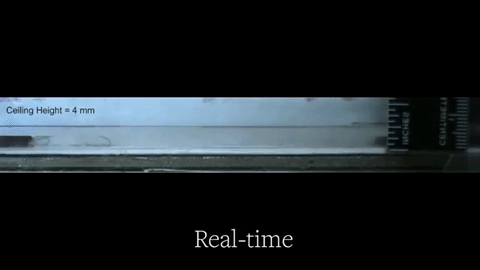
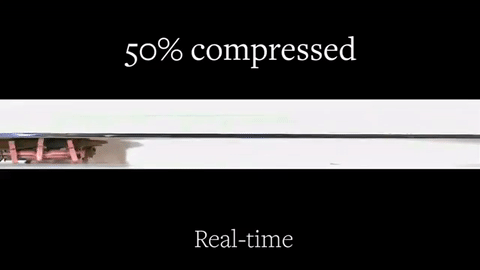
You thought cockroaches were terrifying? Here’s a fun fact to further fuel your nightmares. Cockroaches can compress their exoskeleton to the height of two stacked pennies while running at 20 cm a second, enabling them to scurry inside your walls. That impressive feat prompted Robert Full, a professor of integrative biology at UC Berkley, and his research team to develop CRAM (Compressed Robot with Articulated Mechanism), a rescue robot that can help locate survivors of natural disasters. This hand-sized robot can compress to half its height and still travel at relatively high speeds. Listen to the clip above to hear more.
Source: http://news.berkeley.edu/2016/02/08/cockroach-inspires-robot-that-squeezes-through-cracks/
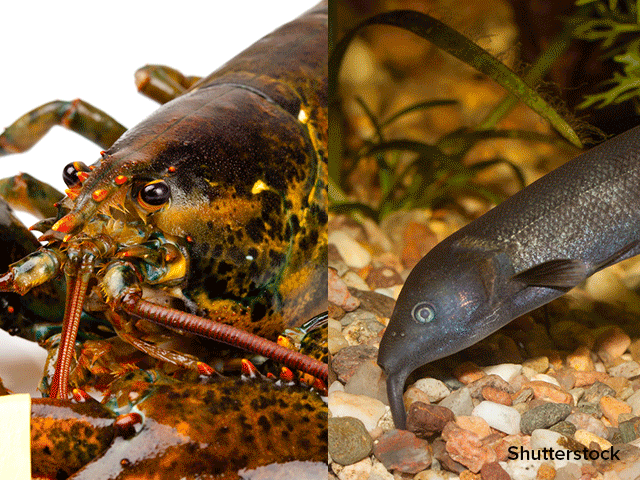
Using a camera at night has always been a frustrating process. Ever try to take a picture of the moon, only to have it turn out blurry? Hongrui Jang and Hewei Lui at the University of Wisconsin-Madison are trying to solve that problem, using the eyes of lobsters and elephantnosed fish as inspiration. Both species are very good at seeing in the dark but have different ways of doing it. Lobsters have a compound eye, similar to a bug’s eye, with mirror-like facets that help redirect more light to the retina (which makes the image brighter). Meanwhile, the elephantnosed fish uses a series of microstructures that resemble tiny funnels, which help collect and direct the light to photoreceptors (which makes the image more detailed).
Source: https://www.sciencedaily.com/releases/2016/04/160415125932.htm

Imagine: It’s the middle of the summer, and the building you work in doesn’t have air conditioning. But amazingly, you’re not sweating. Architects in Harare, Zimbabwe designed just such a structure—the Eastgate Centre, a shopping mall and office building. The building is pockmarked with a series of openings—like a termite’s mound—that allow for passive internal airflow.
Source: http://www.asknature.org/product/373ec79cd6dba791bc00ed32203706a1
Dee Peterschmidt is a producer, host of the podcast Universe of Art, and composes music for Science Friday’s podcasts. Their D&D character is a clumsy bard named Chip Chap Chopman.